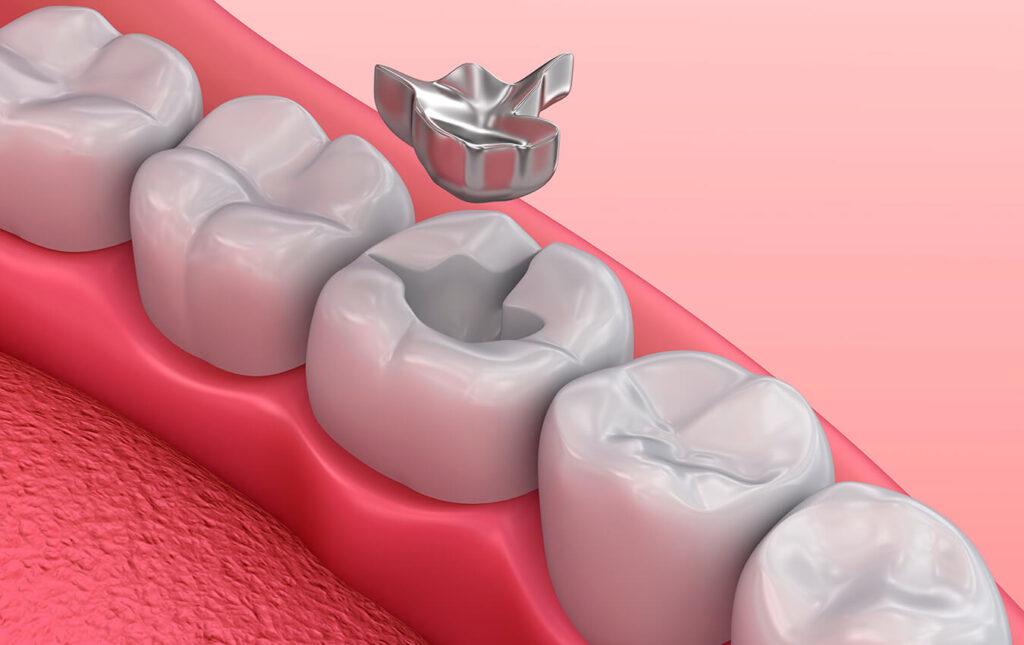
Outlays are dental devices used by surgeons to restore, protect and reinforce teeth remedying damaged teeth is a high priority and onlays are handy procedures and one of the most used devices by dentists. Although functionally similar to other traditional restoration treatments like crowns or bridges, there are certain features which make a difference.
For example, they do not weaken the structure of the tooth but instead strengthen it and provide support for the cracked or fractured tooth. Statistics says that teeth repaired with outlays have 50 to 70% forces when biting. Another characteristic is that outlays are built directly from the patient’s tooth material; they are made in laboratories and linked to the denture afterwards.
Onlays can be created from different materials such as gold or ceramic resin. It is also worth mentioning that dental procedures with onlays typically have a shorter period of recovery. There are few cases of discomfort or sensitivity as chewing surfaces are not affected. However, it is recommended that the patient avoids eating hard or crunchy food after the treatment.
Outlays and inlays are a quick and an affordable way of treating damaged teeth and improve asthetic appearance. Dental outlays are usually made of tooth-colored material which makes them almost impossible to spot without close analysis. They are also very helpful when it comes to conserving as much as possible from the initial tooth structure. But their most important advantage is that they prevent further treatment such as crowns, bridges or implants.
Benefits
- They increase the strength of teeth
- They do not change color in time
- Significant improvement in respect to esthetic appearance
- They avoid extensive treatment with implants, crowns or bridges
Who is this procedure for?
Those with average tooth damage
Who should not consider this procedure?
Those who are allergic to anesthetics or their components
What happens before the procedure?
Prior to outlays embedment, the affected area is cleaned from any trace of decay, crack or fracture.
What happens during the procedure?
The procedure involves actions like taking impressions in order to decide for the shape and size of the permanent outlay. While this one is created, a temporary outlay is placed on the tooth for about two weeks. Afterwards, the final procedure follows which consists of embedding the permanent outlay on the surface of the tooth.
What happens after the procedure?
Outlays are dental devices that do not require special diet after the procedure. All is required is increased care when brushing and flossing the teeth for a short period of time.

